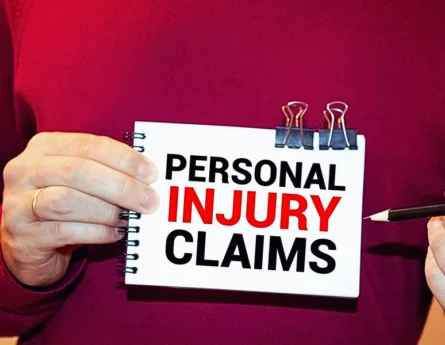For chiropractors treating patients after car accidents, delivering an accurate diagnosis is not just a clinical necessity; it plays a pivotal role in the patient’s injury settlement and legal outcome. A missed detail, vague chart note, or unsupported diagnosis can weaken a patient’s case, delay compensation, or even cause a claim to be denied. In short: accurate diagnoses aren’t just good medicine—they’re essential to justice.

The Link Between Diagnosis and Legal Recovery
When a person is injured in an auto accident, their settlement is largely based on the documented extent of their injuries and the care they require to recover. Insurance adjusters, attorneys, and sometimes juries rely on medical records to determine how serious the injuries are, what kind of treatment is necessary, and how the injuries have impacted the patient’s life.
If your diagnosis is incomplete, too general, or lacks supporting clinical evidence, insurers may argue that the injury wasn’t serious or even caused by the accident. That can drastically reduce or eliminate a patient’s compensation.
Common Pitfalls in Chiropractic Diagnoses
Chiropractors often treat soft tissue injuries like whiplash, sprains, strains, and joint dysfunctions—all of which are harder to quantify than fractures or dislocations. Because these injuries don’t always show up clearly on imaging, documentation becomes even more important. Unfortunately, many chiropractors fall into common traps:
- Using vague terms like “muscle tightness” or “subluxation” without explanation
- Failing to link the diagnosis to the mechanism of injury (e.g., rear-end collision)
- Neglecting to use standardized diagnostic codes (ICD-10) correctly
- Omitting functional impact, such as reduced range of motion or work limitations
Each of these issues can create doubt about the legitimacy or severity of the patient’s injuries.
How Accurate Diagnoses Strengthen Personal Injury Cases
A well-supported diagnosis backed by objective findings, such as orthopedic tests, palpation, and range of motion assessments, gives attorneys and insurers a clear picture of the patient’s condition. This does several things:
- Validates the Injury: When a diagnosis is consistent with the accident’s mechanism and backed by clinical findings, it reinforces the credibility of the claim.
- Justifies Treatment: Accurate diagnoses allow you to outline an appropriate, evidence-based care plan. This shows that treatment isn’t excessive or arbitrary.
- Quantifies Damages: The more precise the diagnosis and its functional implications, the easier it is for attorneys to argue for lost wages, pain and suffering, and ongoing care.
- Strengthens Testimony: If you’re called to provide a deposition or testify in court, a solid diagnosis helps you defend your findings with confidence.
The Chiropractor’s Role in the Bigger Picture
Chiropractors are often among the first healthcare providers accident victims see. That means your evaluation may shape how the entire case is handled. A strong initial diagnosis not only helps the patient heal—it sets the tone for their legal and financial recovery.
You’re not just treating neck or back pain. You’re providing the medical foundation for a legal process that can impact your patient’s future. If the case goes to trial, your records may become part of the evidence presented before a judge or jury.




